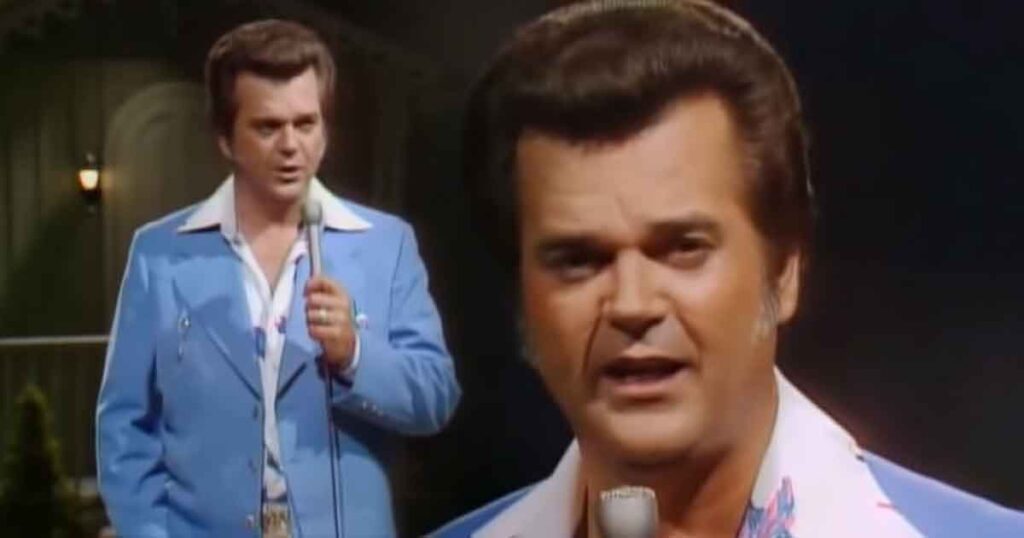
Unspoken Desires and a “Band of Gold”
In the mid-1970s, country music was evolving, but one voice remained a steady, sensual, and undeniably powerful presence. That voice belonged to Conway Twitty. It was a voice that could convey more with a pause or a low, husky growl than most singers could with an entire verse. This vocal prowess was never more apparent than on his 1974 masterpiece, “I See The Want To In Your Eyes”. The song, released in July of that year as the second single from the album I’m Not Through Loving You Yet, was an instant classic. It rocketed to the top of the charts, becoming Conway Twitty‘s 11th number one hit on the Billboard Hot Country Singles chart. The single held that top spot for two consecutive weeks and lingered on the charts for a total of thirteen weeks, a testament to its enduring power and the public’s fascination with its daring theme.
The story behind the song is a fascinating one, revealing a glimpse into the collaborative and sometimes serendipitous nature of the music industry. The song was not an original Conway Twitty composition. It was written by the legendary songwriter Wayne Carson, a man responsible for some of country music’s most iconic tunes, including “The Letter” and “Always on My Mind.” The first version of the song was actually recorded by honky-tonk artist Gary Stewart for his 1975 album Out of Hand. It was through this recording that Conway Twitty discovered the song. As the story goes, he heard Stewart‘s version on the radio and was so captivated by its raw emotion and lyrical honesty that he knew he had to record it himself. This decision proved to be a stroke of genius.
What makes “I See The Want To In Your Eyes” so compelling is its deep, simmering meaning. It’s a quiet confession of shared temptation, a moment of unspoken understanding between two people who know they’re playing with fire. The narrator sees a woman with a “sparklin’ little diamond on your hand” and knows she’s already committed. Yet, in her eyes, he sees a deep, undeniable desire—a “want to.” The song’s genius lies in what it doesn’t say. It’s not about a physical act, but about the emotional and psychological dance of two people wrestling with a forbidden attraction. The line, “How strong is a band of gold / Is it strong enough to hold / When a love has grown cold?” is a masterful piece of songwriting that poses a universal question about the fragility of promises and the relentless pull of new beginnings. It’s a moment of empathetic honesty, acknowledging that sometimes, a heart can grow cold even when all the right symbols of commitment are in place.